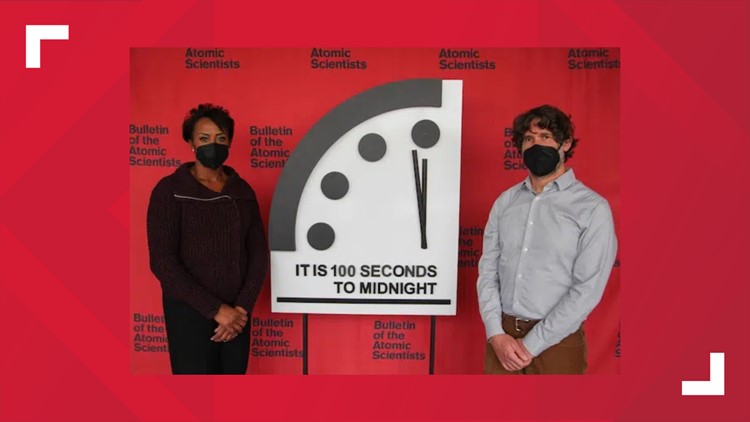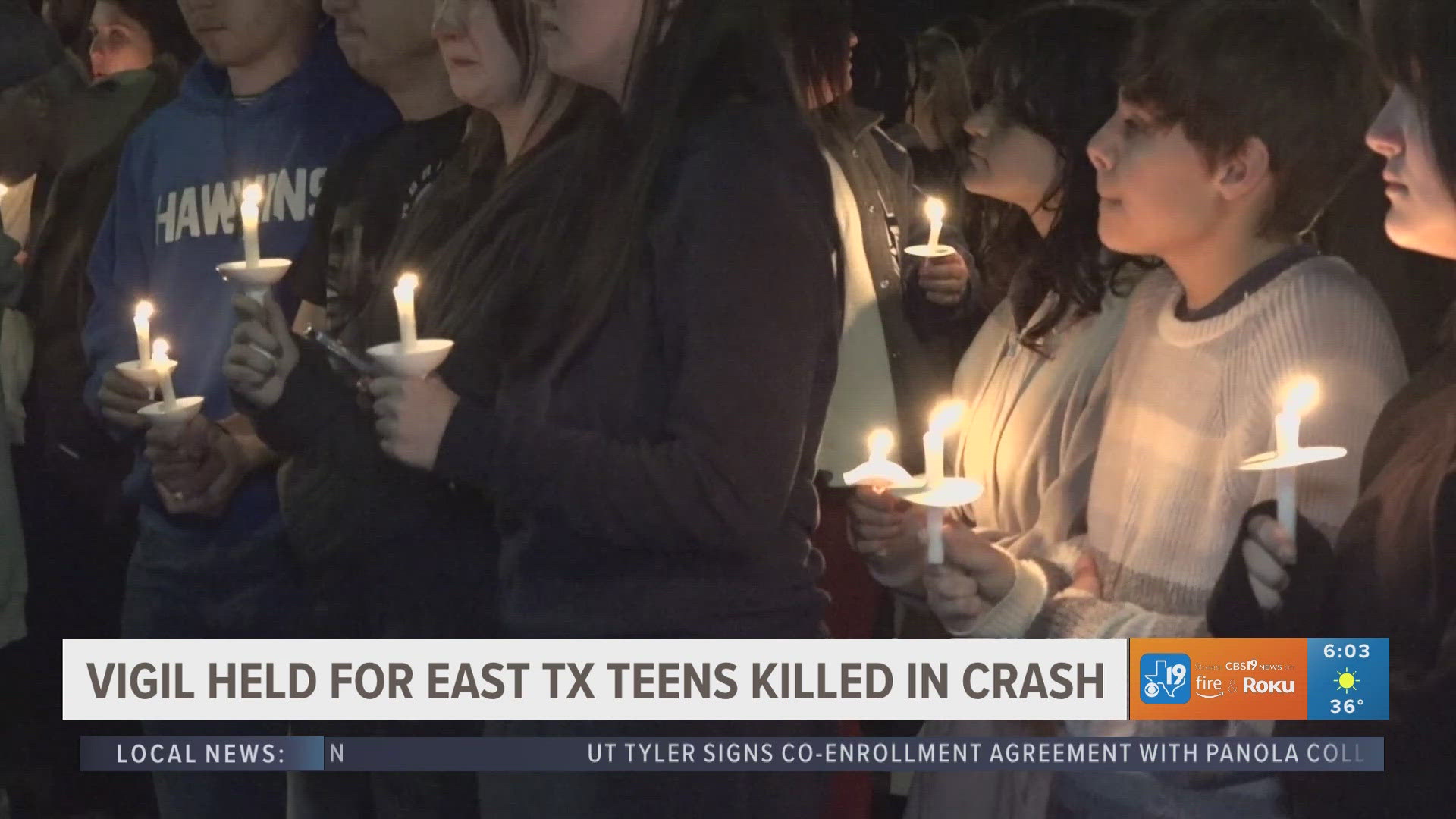CHICAGO — While the past year offered glimmers of hope that humankind might reverse its march toward global catastrophe, the Doomsday Clock was set at just 100 seconds to midnight by the Bulletin of Atomic Scientists.
According to the Bulletin, the Doomsday Clock is a metaphor for how dangerous this moment in human history is — and the urgent need to get involved.
The Bulletin says the set time is based on continuing and dangerous threats posed by nuclear weapons, climate change, disruptive technologies, and COVID-19. All of these factors were exacerbated by “a corrupted information ecosphere that undermines rational decision making.”
“No one changes the world alone," said Hank Green, New York Times best-selling author and science communicator, who closed the Bulletin’s live program. "We’re not all going to agree, but we have to work together. And together, we will get it done."
On the 75th anniversary of its Doomsday Clock, the Bulletin is asking people to help #TurnBackTheClock. The challenge encourages people to use social media to share stories about the actions that inspire them and strategies of how we can work together to save the world.
The Doomsday Clock’s time is set by the Bulletin's Science and Security Board with the support of the Board of Sponsors, which includes 11 Nobel Laureates. For the past two years, the Doomsday Clock has been set at 100 seconds to midnight, closer to midnight than ever in its history.
The Doomsday Clock statement says the “decision does not, by any means, suggest that the international security situation has stabilized. On the contrary, the Clock remains the closest it has ever been to civilization-ending apocalypse because the world remains stuck in an extremely dangerous moment.”
ABOUT THE BULLETIN OF THE ATOMIC SCIENTISTS
The Bulletin of the Atomic Scientists was founded in 1945 by Albert Einstein, J. Robert Oppenheimer, Eugene Rabinowitch and University of Chicago scientists who helped develop the first atomic weapons in the Manhattan Project. The scientists felt that they “could not remain aloof to the consequences of their work” and worked to inform the public and policymakers about man-made threats to human existence. The Bulletin was founded on the belief that because humans created these problems, we have the obligation and opportunity to fix them.
ABOUT THE DOOMSDAY CLOCK
The Doomsday Clock was created in 1947 by the Bulletin of the Atomic Scientists to convey how close humanity is to destroying itself. Designed by painter Martyl Langsdorf, the Clock has become an international symbol of the world’s vulnerability to catastrophe from nuclear weapons, climate change and disruptive technologies. The Doomsday Clock is a symbol of danger, of hope, of caution, and of our responsibility to one another.
ABOUT RACHEL BRONSON
Rachel Bronson, PhD, president and CEO, Bulletin of the Atomic Scientists, said: “The Doomsday Clock continues to hover dangerously, reminding us about how much work is needed to be done to ensure a safer and healthier planet. We must continue to push the hands of the Clock away from midnight.”



